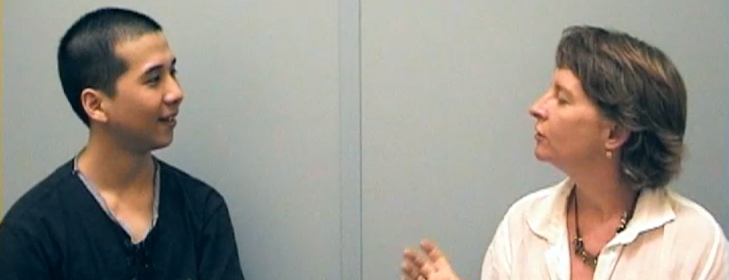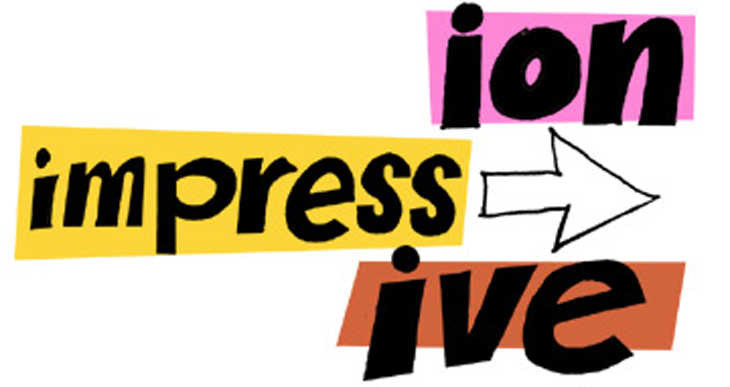TIP:
One way to extend and develop your answers is to present alternative views; for example, you could describe the advantages and disadvantages of a situation, or differing points of view on a particular topic.

In this section you will review the following points:
1. Vocabulary: Adjectives and nouns.

Type in the correct words to complete the chart.
Listen to and repeat the words in the chart.
2. Vocabulary: Adjectives and nouns.
Type words from the previous exercise into the second sentence so that the second sentence means the same as the first. For example:
Having a job is really important.
Having a job is of great importance.
3. Part 3 discussion questions.
Watch an extract from Part 3 of the speaking test. Put the questions in the order that they are asked.
4. Initial responses to discussion questions.
Match the responses to the questions, and then watch the extract again to check your answers. This exercise is in two parts. Scroll down to see the second part.
Part 1
Part 2
Now watch the extract again. Turn on and read the subtitles.
5. Initial responses to discussion questions.

Now match more responses to questions, and then listen to check your answers. This exercise is in two parts. Scroll down to see the second part.
Part 1
Part 2
6. Initial responses to discussion questions.
Type in the missing words to complete the responses to the questions. Double-click in a box if you want to see the first letter of the missing word.
7. Presenting alternative views.

One way to extend and develop your answers is to present alternative views; for example, you could describe the advantages and disadvantages of a situation, or differing points of view on a particular topic.
Choose the best option to complete statements that present alternative views.
8. Presenting alternative views.
Use the words and phrases to complete the statements from the previous exercise. This exercise is in two parts. Scroll down to see the second part.
Part 1
Part 2
9. Presenting alternative views.
Choose the correct options to complete the statements from the previous exercise.
10. Hypothetical situations.
Read and complete the exchange between the examiner and the candidate. Then watch the video to check your answers.
Remember to extend your answers during Part 3 of the speaking test. The examiner will be looking for more than just Yes/No answers and will immediately ask a follow-up question if you don't explain or give examples to justify your opinion.
11. Extending answers.
Use the words to complete a reformulated version of Blanca’s answer from exercise 10.
13. Language review: Hypothesising.
What do the three examples below describe? Choose the best option.
14. Task.
Now practise your answer to the Part 3 task. First, read the initial topic:
and explain why you couldn’t live without it.
Rounding-off questions
Next, prepare and practise your answer to each of the discussion questions.
Discussion questions:
Possessions
Do people have too many possessions?
Do people give too much importance to their possessions?
Do you ever buy things that you don’t need or use?
How is the economy related to the importance society places on possessions?
Priorities in life
Is society becoming more materialistic, or less? How will this change in the future?
Which is most important: wealth, health or happiness?
Is it more important to have a job you enjoy or a job that is well paid?
What types of possessions are most commonly used to indicate status?
Time yourself so that you get used to speaking for four to five minutes without support.
Remember to: